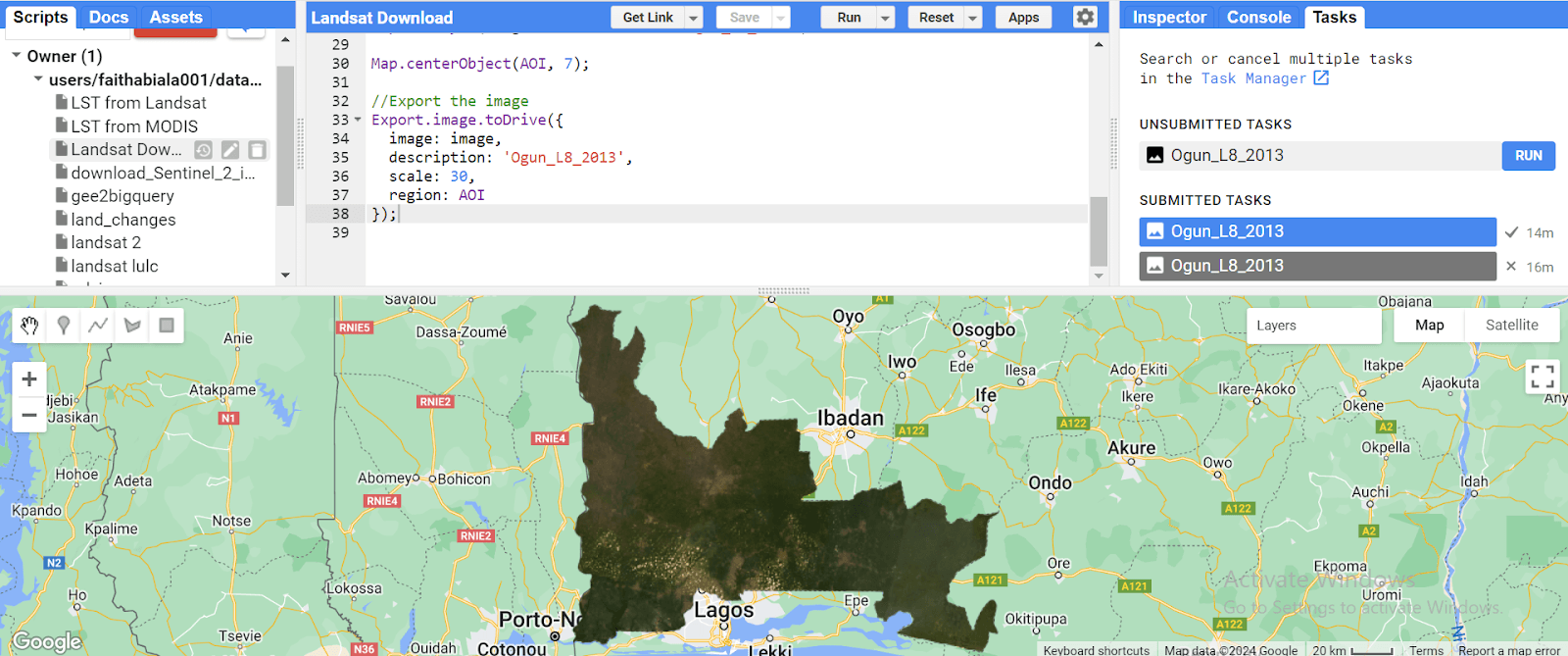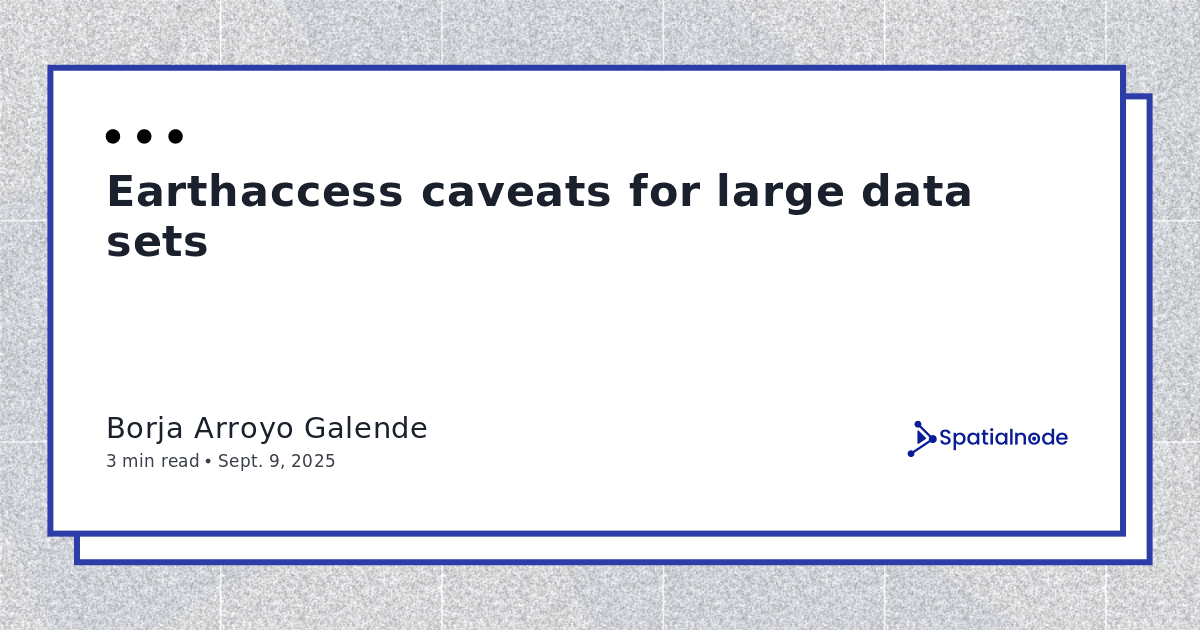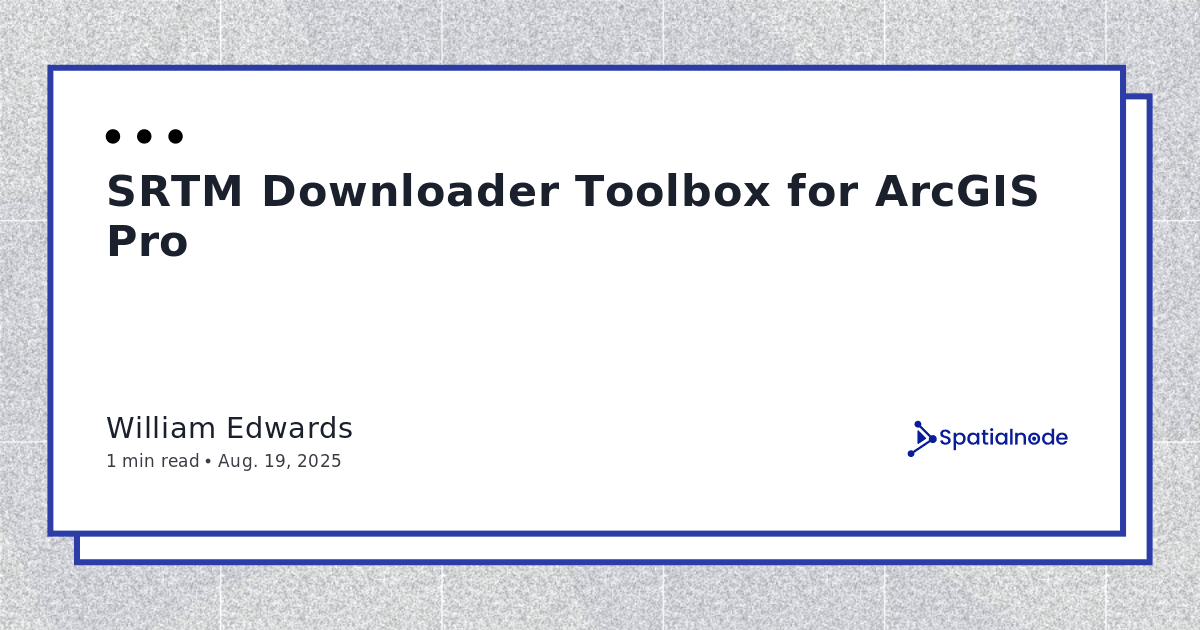Introduction
QGIS, like other GIS software, allows you to create and explore 3D visualizations of your data, provided you have elevation data or a DEM.
This tutorial will guide you through creating a basic 3D view of a Digital Elevation Model (DEM) in QGIS.
Prerequisites for this tutorial:
QGIS installed on your computer (Download here if you don’t have QGIS installed already.)
A DEM file
Stable internet connection (needed for plugin installation)
Let’s get started!
Step 1: Setting Up
Launch QGIS and create a new empty project.
In the project properties (bottom right corner), set the Coordinate Reference System (CRS) to your desired projection or leave it as default.
In the Layer panel, navigate to "Add Layer" > "Add Raster Layer" and select your DEM file.
Step 2: 3D Visualization
QGIS requires a plugin called Qgis2threejs for 3D visualization. Here's how to install it:
In the Plugins Tab, select “Manage and Install Plugins”
Switch to the "Not installed" tab, search for "Qgis2threejs," and install the plugin.
Once installed, the "Qgis2threejs Exporter" icon will appear in the toolbar.
Open the window and verify that your DEM data is checked under "Layers" in the left panel.
You should now see your DEM represented in 3D. Pan, zoom and rotate the view as needed.
Step 3: Styling 3D View
You can style your 3D maps as desired. Let’s explore!
To remove the white background, right-click on the DEM layer in the Layers panel, select "Properties”, and check the “Transparent Background option.
Now, the 3D map should look like this:
To enhance the elevation visualization, open the "Scene Settings" in the Qgis2threejs Exporter window and adjust the vertical (Z) exaggeration.
Now, the map looks like this:
Step 4: Exporting the 3D View:
Once styled, you can export the 3D view as an image.
Go to "File" > "Save Scene As" > "Image (.png)".
Set your desired image dimensions and click "Save."
Choose a filename and location to save the exported image.
Conclusion
This tutorial provides a basic introduction to creating 3D visualizations in QGIS. With further exploration, you can add additional layers, customize symbology, and create more advanced 3D maps for presentations or analysis.








.jpeg&w=3840&q=75)

